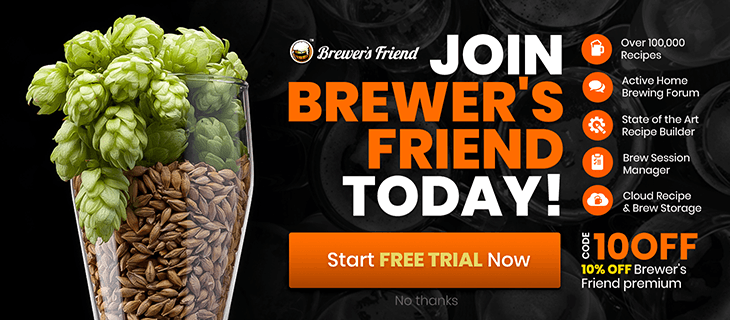How to Use Chocolate in Your Beer
Thursday, April 9th, 2020By Jesse Southard Personally, I love chocolate beers. Before I was a homebrewer, I took a trip to the Czech Republic and had my fair share of beer. However, a chocolate beer stood out to me called Opat Chocolate Stout. I remember thinking how did they get so much chocolate flavor ...








